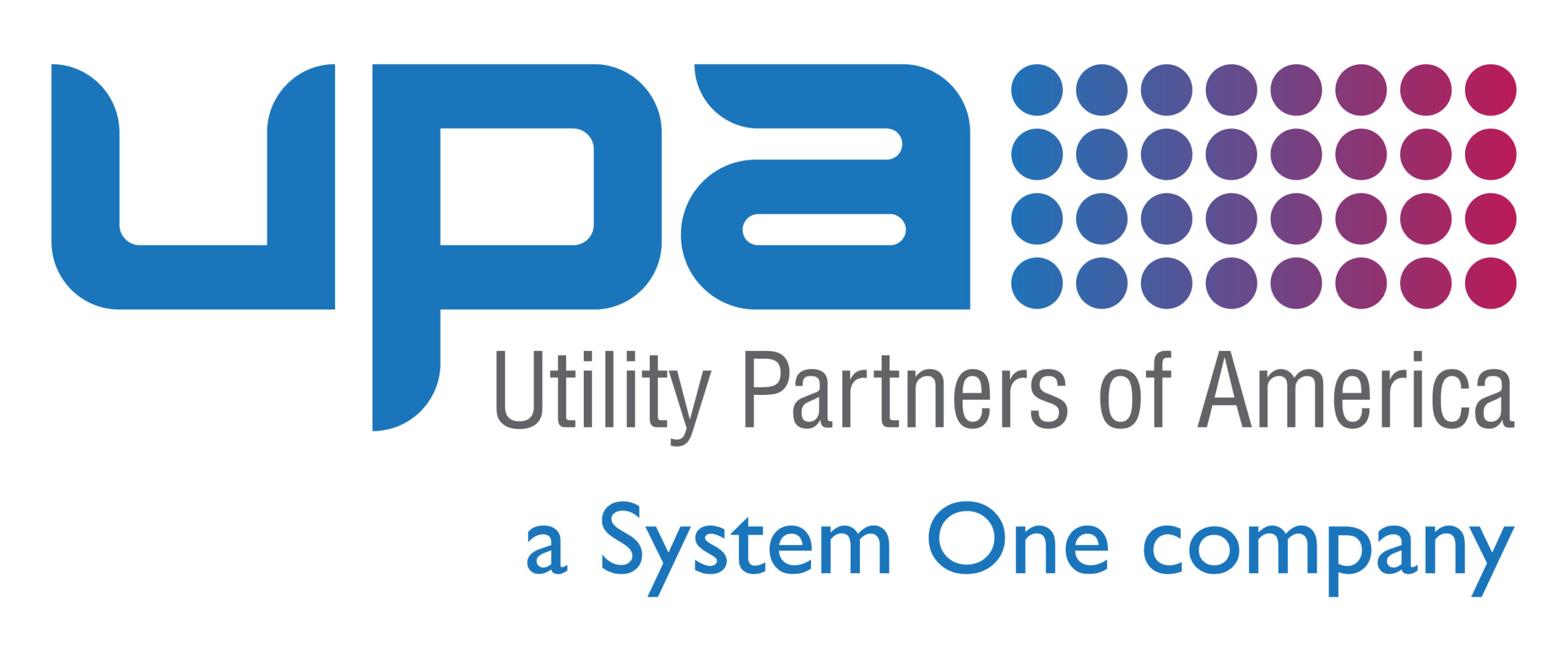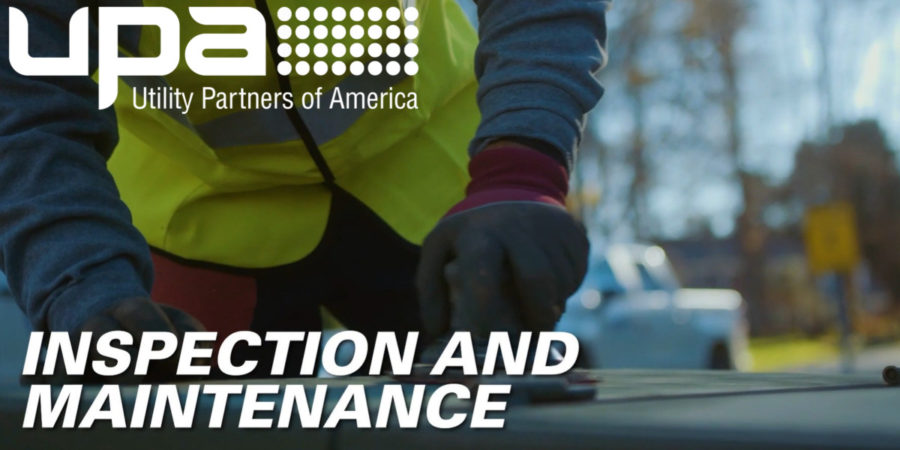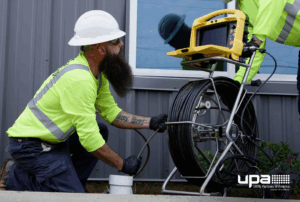There are a few guarantees in the utility industry. One of them is that every company’s infrastructure will fall victim to rust and corrosion over time. This is especially true for underground steel pipelines and exposed enclosures. While it’s OK to accept that corrosion is normal, all utilities should still have plans to prevent and remediate any rust. Read on as we provide more information about rust and rust prevention.
Related: Corrosion Surveys: Why are they Important?
Most of us are familiar with rust and have encountered it on old cars, tools, or building materials. Explaining exactly what rust is and what causes it can be challenging. Rust is a specific type of corrosion. It’s what happens when iron or steel corrodes due to constant contact with oxygen and water, through the process of oxidation.
Related: Improving Customer Awareness of Corrosion
What is rust?
Carbon dioxide and oxygen mixed together in water create carbonic acid. The water is replaced by the acid, which slowly breaks down the iron or steel underneath. Rust becomes visible as the oxygen molecules bond to the dissolved iron. A noticeable product of rust is a change in color to an orange/brown hue. The exterior texture of a rusted structure appears weaker and flaky.
Related: The Ins and Outs of Tetanus and Utility Techs
Rust prevention through paint and coating
Painting and coating an asset can help keep rust at bay. Include regular paint inspection and repainting in your utility’s preventive maintenance plans. Paint or epoxy applied to the interior and exterior of steel and iron assets can extend their life and limit rust. This is especially true for gas lines and exposed enclosures.
Related: Basic Asset Management: Benefits of Preventive Maintenance
Electricity to the rescue
One of the more innovative approaches to fighting rust and corrosion is accomplished with electricity. Through cathodic protection, a utility can send an electric current underground from an external source onto a steel asset. That current eliminates the surrounding environmental factors that contribute to rust buildup.
Related: Minimizing Damage When You Spring a Leak
Rust removal
If you aren’t able to catch rust, the good news is that your asset may be salvageable. Rust removers are effective in clearing up mild cases of corrosion. This can help to recover an existing asset and restore it to a usable state. Regular maintenance following this rescue can further extend your asset’s lifetimes.
Related: Leak Detection Part One: Water
Related: Leak Detection Part Two: Gas
Avoiding rust in the future
The most expensive and ambitious rust prevention option is to swap out corrosive materials. For instance, fiberglass tanks are available for water disposal, chemical and crude oil storage. In a highly corrosive setting, a utility company can switch from stainless steel fittings and plating to durable plastics, like polyethylene. Anti-corrosion coatings have come a long way in recent years. When assets are treated correctly, they have a potential shelf-life of 30 years. That would mean a large reduction in maintenance requirements.
Related: Upgrading Infrastructure is a Smart Decision
Utility Partners of America works with utilities like yours
Utility Partners of America (UPA) has partnered with utilities and energy co-ops since 1997. Building, inspecting, and maintaining the nation’s utility infrastructure. Throughout that time, we’ve learned a good deal about rust prevention. We’d love the opportunity to share that knowledge with your utility. If you’re interested in learning more about what we do and how we can help, contact us today.




